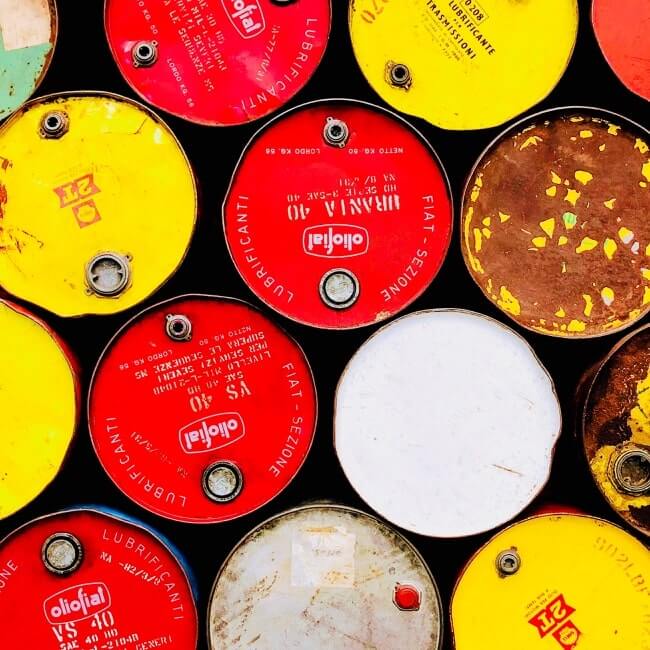Brazil’s ESSS spreading its wings to sell oil and gas software abroad

Brazilian multinational ESSS has formed a partnership with Indonesian company Energi Partner Indo (EPI) to sell oil and gas exploration and production software in the Asian country.
One of these solutions is Alfasim, which allows modeling of the dynamic multiphase flow in wells and pipelines, including special modules for complex flow assurance issues.
In this interview, Carlos Fontes and Vinicius Girardi, managers of O&G services and technology development at the firm, tell BNamericas about the company's plans to take this and other cutting-edge technologies to other Latin American countries. They also discussed some of the projects the company has underway in Brazil.
BNamericas: How did ESSS’s internationalization take place and how did you end up in Indonesia?
Girardi: In 2003, one of our partners, Ansys, from the US, bought computer simulation software that we represent in Latin America. At the time, they asked us if we would like to represent not only this, but other products from their portfolio in the region, in countries like Brazil, Argentina, Colombia, Peru, Chile.
Fontes: We have offices in 10 different countries, including the US, France, Germany, Portugal and Spain.
Girardi: And Southeast Asia has a robust oil and gas industry, so it’s a great opportunity.
Fontes: Within this internationalization effort, we have contracts with Chevron, Shell, Galp, Equinor and BP, among others. We’re cooperating with an international consortium in a JIP [joint industry project] on microbiological generation of H2S [hydrogen sulfide] in reservoirs.
Girardi: It’s a common problem when water is injected into the reservoir and it can cause corrosion of equipment, for example.
BNamericas: Does the company have expansion plans in Latin America?
Girardi: At the moment we’re generating oil and gas products in Brazil through the ANP [the oil and gas watchdog] research incentives and partnerships we have with Petrobras, Repsol, Shell, Galp, and we want to export them. The natural path was to the existing offices, especially Argentina. The next targets are Colombia and Mexico.
Fontes: We also have quite a bit of interest in migrating to Ecuador, but there are a number of legislation issues, so we’re waiting a bit.
Girardi: We want to take Alfasim to those places. And we’re close to launching a fluid behavior tool, which is a complement, an input to ALFAsim, calculating all thermophysical and transport properties. Then we’ll have a set of software with which the production engineer will be able to solve problems from the characterization of the fluid to the transport and dimensioning of the lines.
BNamericas: What are the main projects and contracts you have in progress in Brazil?
Girardi: Alfasim has a focus on the pre-salt, so we’re strengthening our partnership with Petrobra and Galp, which is the project financier [and a partner of Petrobras in pre-salt projects]. In parallel, we’re developing a line of real-time monitoring products with Petrobras, which should go to market next year.
Fontes: For some years now, Petrobras has been making a broad effort to digitize its processes, including the area of drilling and monitoring of wells. And we’ve always been their partners in this area, working with digital twins, for example.
Girardi: The cost of drilling a deepwater well is very high, around US$50-100mn. Therefore, one of the fronts on which we operate is to use artificial intelligence and simulate possible problems in order to avoid non-productive rig time.
Fontes: In the last five years, Petrobras saved US$150mn in drilling activity with the application of technologies that we developed and operated.
BNamericas: Do you work with other operators in the country?
Girardi: We’ve talked with several, from medium-sized ones to large ones. We recently had authorization from Petrobras to commercialize PWDA [pressure while drilling analysis software] with other companies. We’ve been focusing a lot on this same concept for production, identifying flow problems, offering the complete suite: drilling, completion and production. We’re surveying the market to see which is the best business model: whether they want to have it in-house or if we need to set up our own operations center to serve our clients.
BNamericas: How is PWDA different from managed pressure drilling (MPD) technology?
Girardi: MPD requires finer control of the pressure. In PWDA we don’t control the MPD, but we monitor to see if the MPD will fail. We don't control anything yet; we only analyze and issue warnings. We’ll start developing the next step, which is the control tool. That’s the dream of autonomous drilling.
Fontes: We’ve already helped with drilling almost 400 wells. Today, we’re monitoring 150 the integrity of 150 producing/injection wells. Next year we expect to reach between 300 and 400 wells. And, it’s worth pointing out, by avoiding non-productive time we can reduce the carbon footprint by 30-40% in the drilling stage.
BNamericas: How?
Girardi: The drilling rig expends a lot of energy, with dynamic positioning and diesel engines to be stable. So, by finishing the well more quickly, you reduce emissions.
Fontes: We’re also deploying an oil leak detection system in two Petrobras units. It’s simulation software that, based on monitoring of the oil transportation line, is capable of noticing and assessing whether there’s loss of oil.
Subscribe to the leading business intelligence platform in Latin America with different tools for Providers, Contractors, Operators, Government, Legal, Financial and Insurance industries.
Subscribe to Latin America’s most trusted business intelligence platform.

